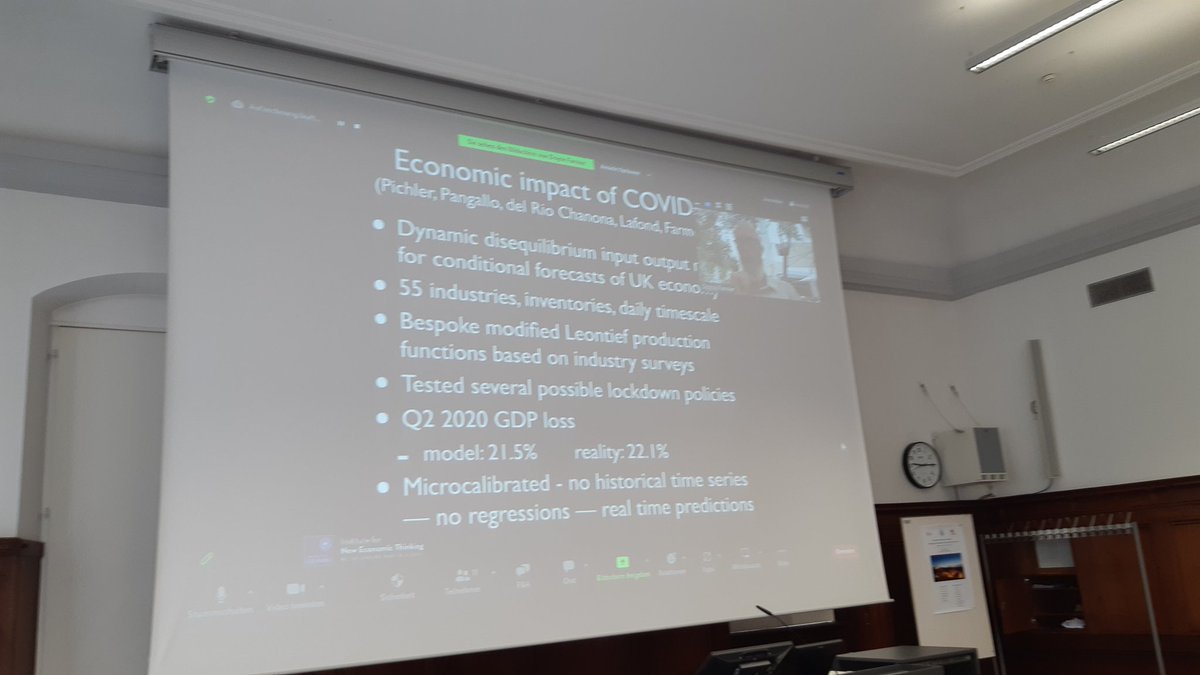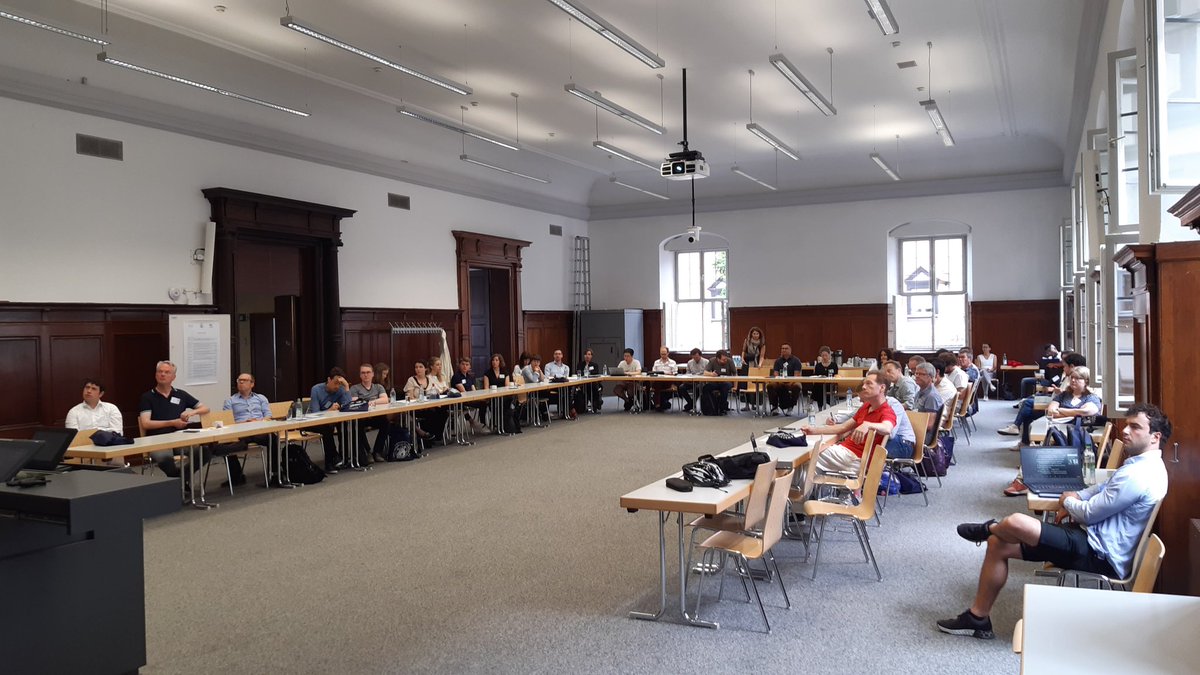
Giulia Piccillo
@giuliapiccillo
Behavioral Macroeconomist
ID: 1064811476781858816
https://sites.google.com/view/giuliapiccillo 20-11-2018 09:23:34
30 Tweet
41 Followers
38 Following


Click on the link to read a blog post on how to improve your resilience in uncertain times! Written by: Giulia Piccillo, School of Business and Economics @UM maastrichtuniversity.nl/research/morse…

Call for Papers: Conference on Uncertainty in Empirical Macroeconomics 23-25 October 2023 at Maastricht University organized by MORSE Maastricht Giulia Piccillo and me. Submit here maastrichtuniversity.nl/events/morse-c… by 1 July 2023 #EconTwitter


My blog post with Giulia Piccillo : Making sense of #uncertainty

Happening now: Doyne Farmer (INET Oxford) giving the first keynote speech at the 5th #BehavioraMacroWorkshop at Universität Bamberg ! Deutsche Bundesbank IMK Hans-Böckler-Stiftung INET Complexity Netzwerk Plurale Ökonomik @BMWK_Econ Dezernat Zukunft @dezernatzukunft.bsky.social Joep Lustenhouwer Frank Westerhoff Rafael Kothe Maike Korsinnek


... and here our participants! #BehavioralMacroWorkshop BambergSocialScience Jan Schulz-Gebhard @armin_aminian @JuergensKate Muhammed Bulutay Oliver Pfäuti Luca Gerotto Simone Alfarano LQV Deutsche Bundesbank European Central Bank Research European Commission DAAD News



Juan Muysken on #Expectations in #StockFlow consistent models at the 5th #BehavioralMacroWorkshop (with Giulia Piccillo and H. Meijers). Heterodox Economics Newsletter @heterodoxnews.bsk Deutsche Bundesbank IMK Hans-Böckler-Stiftung Institut für Sozioökonomie @ifso.bsky.social Netzwerk Plurale Ökonomik




Starting the second day of the #MORSEconference at School of Business and Economics @UM Maastricht University with an enlightened panel of alumni in sustainability and resilience in business.


🤼🤖Excited to announce our revised paper “Fake News Detection via Wisdom of Synthetic & Representative Crowds” - arxiv.org/pdf/2408.03154 - where we (François t'Serstevens Giulia Piccillo) make fake news detection fairer, keep humans in the loop, and enhance its democratic legitimacy 1/8













